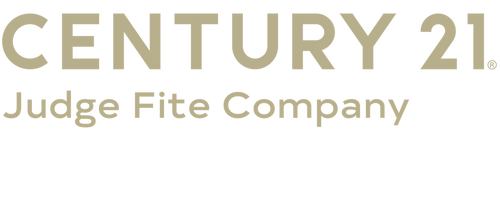The Pros and Cons of Living in a Master-Planned Community
Master-planned communities are designed with a big-picture approach. Developers plan everything from housing styles and amenities to landscaping and recreational spaces. For many buyers, these neighborhoods offer convenience, consistency, and lifestyle perks. But like any housing choice, they come with trade-offs.
Here’s a breakdown of the pros and cons to help you decide if this type of community is right for you.
Pros of Living in a Master-Planned Community
1. Amenities at Your Fingertips
Many master-planned communities feature resort-style amenities such as pools, golf courses, parks, trails, clubhouses, and fitness centers. Some even host events, farmer’s markets, or community gatherings that make it easy to meet neighbors and stay active.
2. Consistent Curb Appeal
Landscaping and exterior maintenance are often managed to a community standard, which helps keep properties looking sharp. Uniform upkeep can help protect home values and create a pleasant neighborhood atmosphere.
3. Security and Privacy
Some developments are gated or offer additional security features. For many homeowners, this adds a level of comfort and peace of mind.
4. Home Value Protection
Deed restrictions and community guidelines exist to maintain consistency and protect property values. While rules vary, they’re generally designed to ensure that one home’s appearance or upkeep doesn’t negatively impact another’s.
5. Lifestyle and Convenience
Because they’re designed as self-contained environments, these neighborhoods often include schools, shops, restaurants, or healthcare facilities nearby—cutting down on drive time and making daily life more convenient.
Cons of Living in a Master-Planned Community
1. Fees and Dues
Amenities and upkeep come at a cost. Homeowners’ association (HOA) or community dues can be monthly, quarterly, or annual. On top of that, special assessments may be charged if large repairs or improvements are needed.
2. Rules and Restrictions
Deed restrictions can be a double-edged sword. While they protect property values, they also limit homeowner flexibility. Common rules may include restrictions on exterior paint colors, the number or type of pets allowed, or whether you can have a shed in your backyard.
3. Uniformity in Appearance
The consistency that some find appealing can feel monotonous to others. Limited architectural styles or repetitive layouts may lack the individuality that some homeowners want.
4. Risk of Growing Too Large
Master-planned communities are often built in phases, sometimes expanding into what feels more like a small city than a neighborhood. This can create congestion or dilute the “close-knit” community feel.
5. Financial Risks with Non-Payment
It’s important to understand that unpaid HOA dues can become liens on a property. In extreme cases, this could even lead to foreclosure—even if the mortgage is current.
Is a Master-Planned Community Right for You?
Living in a master-planned community can offer a lifestyle full of convenience, recreation, and long-term value. But it’s not the right fit for everyone. Before buying, carefully review the HOA documents, ask about fees and assessments, and consider how much flexibility you want in personalizing your home.
If you’re considering buying in one of these communities, I’d be happy to walk you through the details, answer your questions, and help you decide if it’s the right move for your lifestyle and goals.


 Facebook
Facebook
 X
X
 Pinterest
Pinterest
 Copy Link
Copy Link


